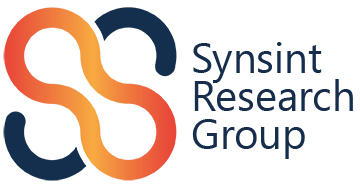Silver nanowires: recent advances in synthesis, transparent conductive coatings, and EMI shielding applications
- 1 Faculty of Materials and Manufacturing Technologies, Malek Ashtar University of Technology, Tehran, Iran
Abstract
Indium tin oxide (ITO) is a broadly utilized transparent conductor, although it possesses several limitations such as high cost and brittleness. This paper investigates silver nanowires (AgNWs) as suitable alternative materials to ITO due to their improved electrical conductivity, flexibility, and transparency. We investigated several techniques for creating AgNWs, including template, chemical, polyol, and electrochemical approaches. The polyol method is highlighted as very cost-effective and efficient; however, it produces nanoparticle byproducts. We explore changes to the polyol technique that aim to improve yield and purity. The review examines how AgNWs are made, talking about nucleation, phase transitions of silver atoms, and the formation of pentagonal grains. These characteristics show how effectively the polyol approach works for generating high-quality AgNWs on a large scale. We investigated the relationship between AgNW concentration, the additive's characteristics, and the surface tension and viscosity of the resultant ink, with a focus on how these variables influence different coating processes. The study reviews the process of converting AgNWs into conductive inks for use in transparent conductive films (TCFs), with applications including transparent heaters, touch panels, sensors, solar cell electrodes, and electromagnetic interference (EMI) shielding devices. The research overview concludes with a discussion of potential future directions and the promising role of AgNWs in advancing TCF technologies.
Downloads
References

Copyright (c) 2024 Ali Borchloo, Reza Shoja-Razavi, Hamed Naderi-Samani

This work is licensed under a Creative Commons Attribution 4.0 International License.
Copyright
Authors are the copyright holders of their published papers in Synthesis and Sintering, which are simultaneously licensed under a Creative Commons Attribution 4.0 International License. The full details of the license are available at https://creativecommons.org/licenses/by/4.0/.
All papers published open access will be immediately and permanently free for everyone to read, download, copy, distribute, print, search, link to the full-text of papers, crawl them for indexing, pass them as data to software, or use them for any other lawful purpose without any registration obstacles or subscription fees.












